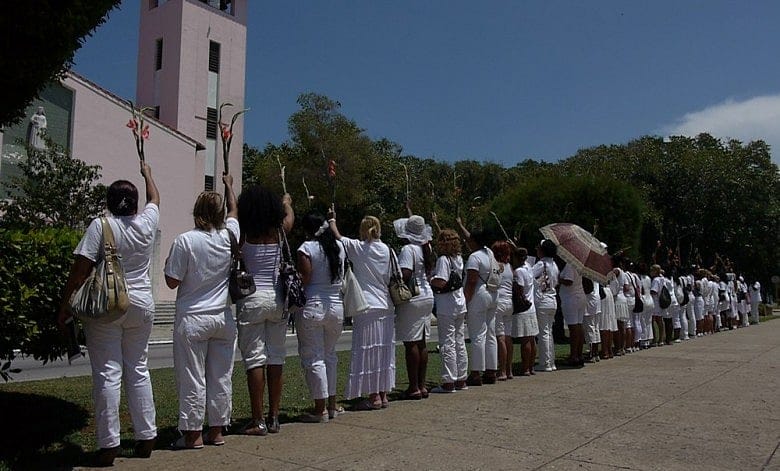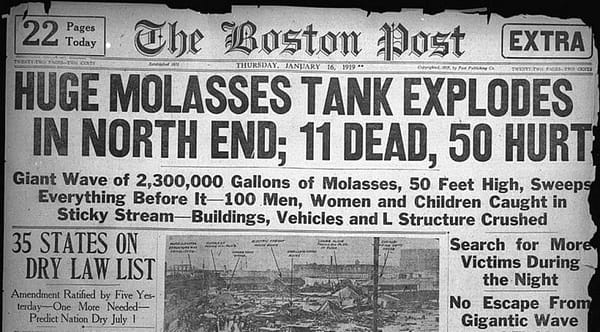Francis in Cuba: The whole world is watching

The eyes of the world will be on Pope Francis as he arrives in Cuba on Saturday to begin the first leg of his apostolic journey to North America.
That the pontiff plans to visit the hemisphere's only one-party communist country just before he arrives in the U.S. is no coincidence – the trip was deliberately planned to highlight Francis's role in encouraging the resumption of diplomatic relations between the two nations after 50 years of hostility.

